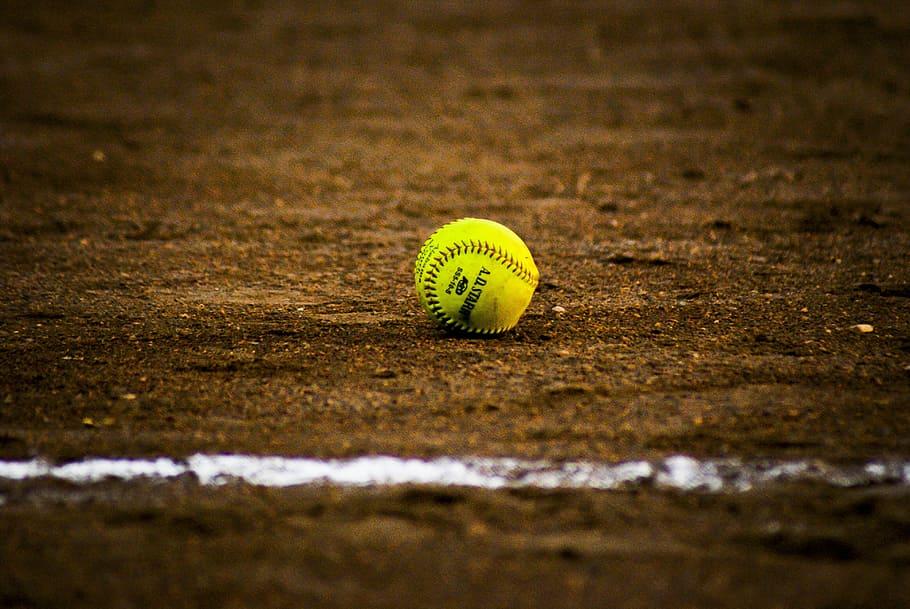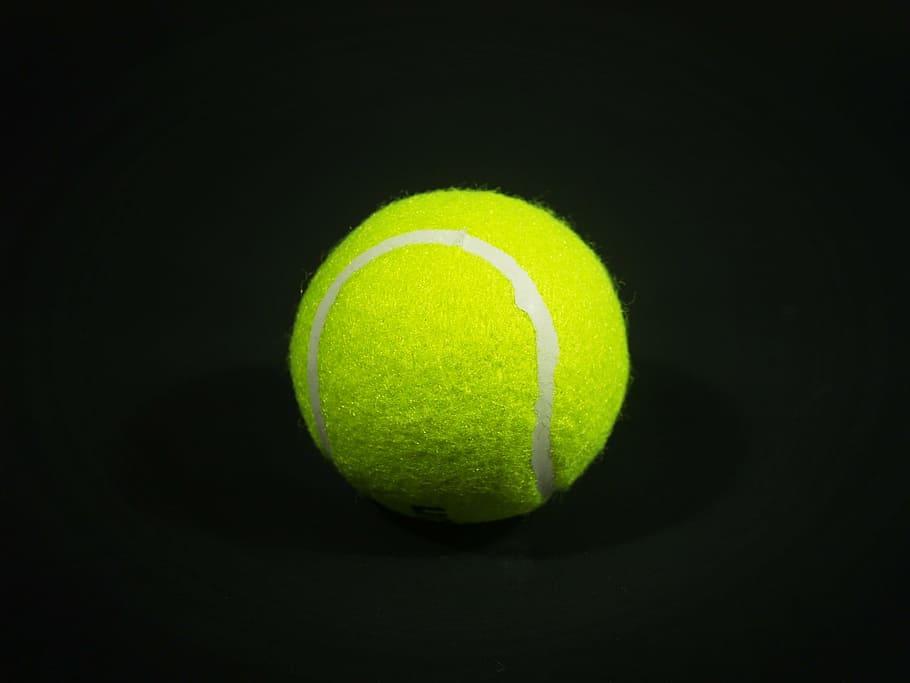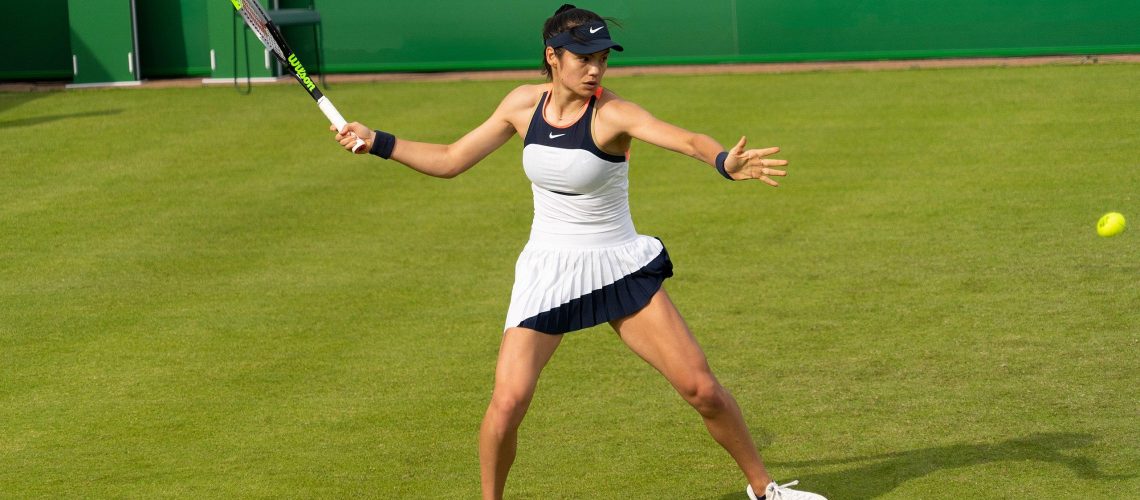We may earn money or products from the companies mentioned in this post.
The Importance of Drying a Comforter Effectively

When it comes to drying your comforter, efficiency is key Properly drying your comforter ensures that it retains its fluffiness and softness, providing you with the ultimate cozy experience But why is it important to dry your comforter effectively? Well, let’s explore two crucial reasons
1 Ensuring Even Drying and Fluffiness
No one wants a lumpy or unevenly dried comforter By drying your comforter effectively, you can ensure that every inch of fabric receives the proper amount of heat and airflow This results in even drying and maintains the fluffiness that makes your bed feel like a cloud
2 Avoiding Clumping of the Filling Material
Comforters are usually filled with materials such as down feathers or synthetic fibers, which provide warmth and insulation However, if not dried properly, these filling materials can clump together, leading to an uncomfortable sleeping experience By employing effective drying methods, you can prevent clumping and maintain the integrity of the filling material
The Common Method: Using Tennis Balls in the Dryer

Now that we understand why proper drying is essential let’s delve into one common method – using tennis balls in the dryer This unconventional yet effective technique has gained popularity among those seeking fast and efficient ways to dry their comforters
Pros of Using Tennis Balls
-
Speeds up Drying Process:
Tennis balls help increase air circulation within the dryer by bouncing around during the cycle This increased movement enables faster evaporation of moisture from your comforter, reducing overall drying time -
Distributes Filling Evenly to Prevent Clumping:
The bouncing action of tennis balls helps distribute the filling material throughout the comforter This prevents clumping and ensures that each section of your comforter receives equal attention during the drying process
Cons of Using Tennis Balls
-
Noise Created by Bouncing Balls:
One drawback of using tennis balls is the noise they create as they bounce around inside the dryer While this may not be a significant concern for some, it can be bothersome if you prefer a quiet laundry experience -
Potential Damage to Dryer or Comforter:
Although rare, there is a slight risk of damage to both your dryer and comforter when using tennis balls The repeated impact of the balls against the fabric could lead to tears or damage delicate components in the dryer It’s important to use caution and monitor your comforter closely during the drying process
In conclusion, while using tennis balls in the dryer can be an effective method for drying your comforter quickly and evenly, it’s essential to weigh the pros and cons before deciding on this approach Consider factors such as noise tolerance and potential risks to ensure that you choose a method that best suits your needs
Alternative Methods for Drying a Comforter Without Tennis Balls

When it comes to drying your comforter, tennis balls are often recommended to help fluff and evenly distribute the filling But what if you don’t have any tennis balls on hand? Fear not! There are alternative methods that can achieve similar results Let’s explore some of these options
Air-Drying Your Comforter
Air-drying your comforter is not only a practical choice but also an eco-friendly one By harnessing the power of nature, you can save energy and reduce wear and tear on the fabric To air-dry your comforter properly, consider hanging it outdoors on clotheslines or racks Just make sure it is hung evenly to prevent any uneven drying or stretching Also, choose a location that is free from dust or pollution and be cautious of direct sunlight that could potentially fade the colors
Tumble Dry with Alternative Items Instead
If you prefer using a dryer but don’t have tennis balls available, there are other items you can use as substitutes One option is clean socks rolled into tight bundles These will soften up the fabric while protecting it from damage during tumbling Plus, they provide a quieter alternative to noisy tennis balls
Another option is dryer balls made from materials like wool, rubber, or plastic Wool dryer balls are particularly environmentally friendly and offer reusable benefits over single-use items like tennis balls
Tips for Ensuring Proper Fluffiness
Regardless of the method you choose, there are a few tips that can help ensure your comforter remains fluffy without the aid of tennis balls Throughout the drying process, periodically remove your comforter from the dryer and give it a gentle shake to redistribute the filling evenly You can also massage it with your hands to break up any clumps that may have formed Consider using fabric softener or dryer sheets as well, as they not only soften the fabric but also reduce static cling and add a pleasant scent to your comforter
Conclusion

Proper drying techniques for comforters are of utmost importance in ensuring their longevity and maintaining their fluffiness and coziness for ultimate comfort By following the right methods, you can extend the lifespan of your comforter and continue to enjoy its warmth and softness for years to come
Importance of proper drying techniques for comforters
When it comes to caring for your comforter, proper drying techniques play a crucial role By using the correct methods, you can prevent damage that may occur from improper drying, such as shrinking or clumping of fill material This not only helps in preserving the fabric but also extends the overall lifespan of your comforter
To ensure optimal fluffiness and coziness, it’s essential to dry your comforter thoroughly Moisture trapped within the fibers can lead to mold or mildew growth over time, compromising its quality By utilizing effective drying techniques, you can eliminate excess moisture and maintain a fresh and hygienic sleeping environment
Recap of alternative methods without tennis balls
If you don’t have tennis balls on hand or prefer not to use them during the drying process, there are alternative methods available that can still achieve desirable results
-
Air-drying:
Hanging your comforter outdoors or in a well-ventilated area allows it to dry naturally while benefiting from fresh air circulation This method is gentle on the fabric and is particularly suitable for delicate or sensitive materials -
Tumble drying with alternative items:
Instead of tennis balls, you can use clean sneakers or dryer balls made specifically for this purpose These items create movement inside the dryer, helping to fluff up the comforter as it dries -
Fluffing tips:
Even without any additional items, you can manually fluff your comforter during the drying process Simply pause the dryer periodically and give the comforter a good shake to redistribute the fill material and prevent clumping
When choosing the best drying method for your comforter, consider your personal needs and preferences Take into account factors such as fabric type, fill material, and care instructions provided by the manufacturer By selecting an appropriate drying technique, you can maintain the quality of your comforter while enjoying its warmth and cozy feel
Useful Links

How To Wash And Dry A Down Comforter
5 Easy Steps for Fluffing Your Comforters
How to Dry a Down Comforter: 7 Steps (with Pictures)
How to Wash a Down Comforter
How To Wash A Comforter At Home In 5 Easy Steps
How to Fluff a Down Comforter
How to wash and dry a down comforter without bringing it …
How to Wash a Comforter Without It Getting Lumpy
How to Wash a Down Comforter the Right Way
How to Re-Fluff a Down Comforter – YouTube
LPT: put a few tennis balls in the dryer to dry a down-filled …
Laundry hack for blankets – YouTube
How to Wash & Dry a Comforter in 8 Steps
How to wash & dry a down comforter without ruining it
How to Clean Comforters and Duvets
No Need to Dry Clean: How To Wash A Down Comforter
How to Wash a Down Comforter
Why You Need Tennis Balls In Your Laundry Supplies
How To Wash a Comforter | The Best Way To Clean …
Will the Smart Sheep Balls fluff a down quilt while drying?




